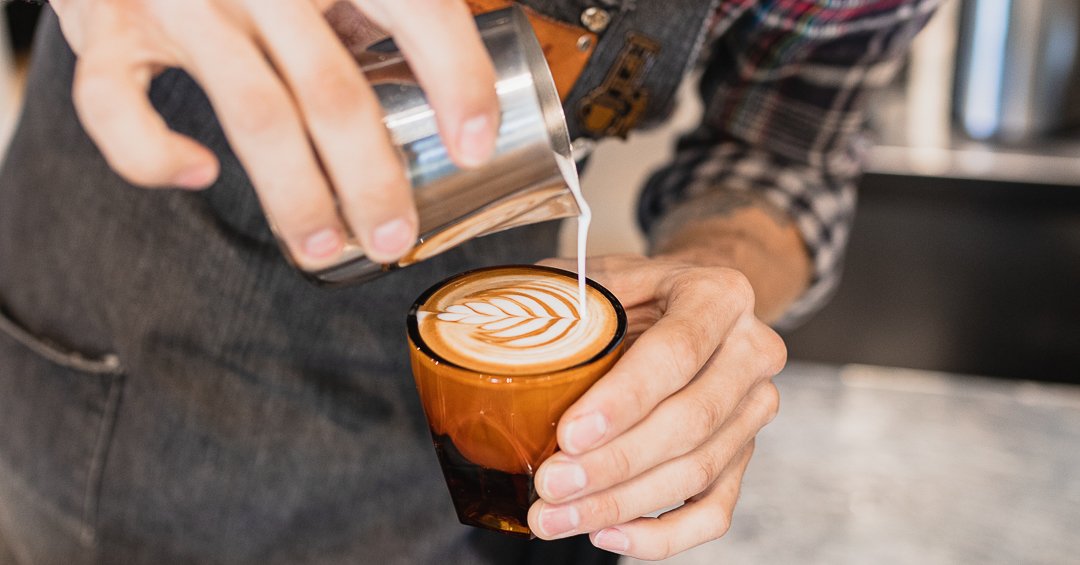What’s the Deal with Decaf?
Seriously, how do they take the caffeine out of coffee? Let’s dig into this very important question today!
People drink decaf coffee for so many reasons. Whether it’s health-related, late in the day, or you’re just taking a break from caffeine, there are many reasons why someone might need some really tasty decaf. Thankfully, in this day and age, it’s so easy to find really tasty decaf!
Back in the day, when decaf coffee was first invented, this was not the case. Sure it didn’t have caffeine, but the way they made that happen was to use a heavy solvent to strip the caffeine out. This was the early 1900s, and over time we learned that the specific solvent they first used was a carcinogen. So not only was that really bad for our health, but it also lent a specific harsh taste to the coffee. Hence, decaf got a bad reputation for not tasting very good.
Nowadays, thanks to the strides of the specialty coffee industry, there are several safe ways to remove the caffeine from coffee beans without compromising the taste. This is great news for our health, but it also means those who cannot have caffeine can still enjoy specialty coffee with intricate tasting notes! It’s a win win.
Here’s a very basic breakdown of how coffee is decaffeinated… Starting with green coffee beans, the caffeine is isolated in a way that leaves all the other elements (like taste and oils) intact in the bean. Usually the process used to isolate the caffeine involves water somehow as it helps to draw the caffeine out. The decaffeinated but still green beans are then sent to specialty coffee roasters, like us, to roast to perfection.
One well-known way to decaffeinate coffee is the Swiss Water Process. This method is so great because the company that invented it (Swiss Water) are coffee-lovers with specialty coffee backgrounds who care about providing excellent tasting decaf coffee using no chemicals. They explain their method in great detail on their website. Basically they use only water and time to soak the caffeine out of the green coffee beans.
Another process worth mentioning is called the Sugarcane Process. It’s called this because this processes uses a natural compound that comes from sugarcane: ethyl acetate or EA. This compound, when mixed with green coffee beans that have been heated with steam, adheres to the caffeine and draws it out of the coffee. The coffee is steamed again to remove the EA. Even though the Sugarcane Process uses a compound in addition to water, it is also completely natural and leaves the flavor of the coffee beans in tact.
Pretty neat, huh? Thanks to these advances in the coffee industry over the years, you can find really nice coffees that taste amazing even without the caffeine! We think that’s so important because anyone who still wants to drink coffee without the caffeine must be addicted to the taste, and they deserve the best too!
Our decaf here at BonLife changes based upon what is in season, what we’ve sampled, and what we want to serve at the time. But you can be sure of two things: it was decaffeinated using one of these chemical-free processes, and it tastes amazing!











